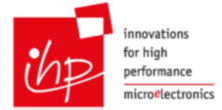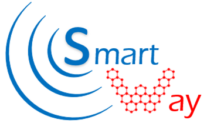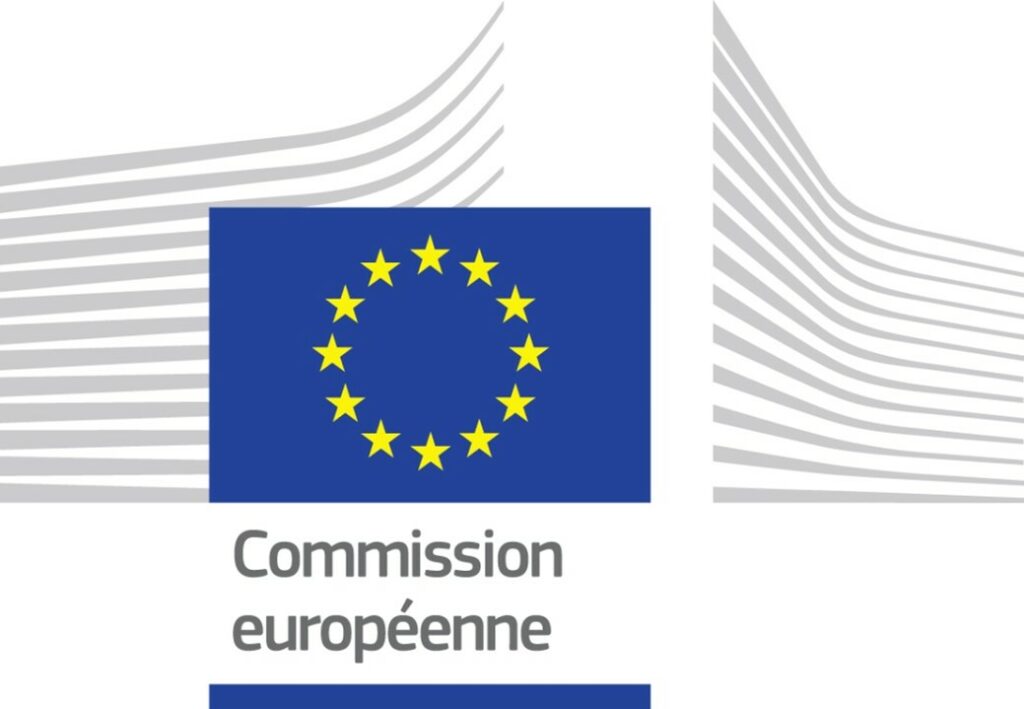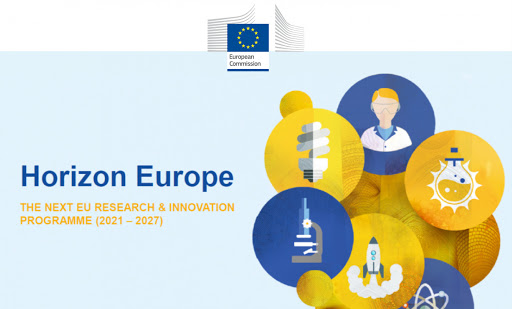Innovations for high performance microelectronics / Leibnitz Institut fuer innovative mikroelectronik
CONTACT
Farabi Ibne Jamal
Role in project
In SMARTWAY project, IHP offers the qualified (>MRL8) SiGe BiCMOS technology for the 300 and 60GHz radar chipset. Moreover, IHP provides the MM base antennas, for which the technology has been already demonstrated in NANOPOLY project (>MRL5). Moreover, IHP will provide the modelling tasks of heterogeneous integration platform for thermo-mechanical domains. IHP can provide the product volumes up to mid-volume markets (i.e., up to 1M product per year). If larger volumes are requested for the market access of the SMARTWAY demonstrators, IHP has an agreement with some high-volume foundries for the transfer of the technology.

IHP
General Partner description:
IHP GmbH is a public funded German research institute located in Frankfurt (Oder) in Germany. With 350 employees, IHP is dedicated to innovative solutions for wireless and broadband communication systems. IHP owns a 1500m2; class-1 clean room and pilot line with production-grade toolset for 0.25 and 0.13 μm semiconductor technologies and offers its SiGe BiCMOS technologies for Multi Project Wafer (MPW) service and medium-volume prototyping to external customers. IHP’s SiGe BiCMOS technologies are tailored for high-performance, moderate-cost applications featuring up to 500 GHz fmax in 0.13 μm node. IHP has demonstrated beyond 700GHz fmax values HBTs (IEDM 2016) and still has the world record for silicon-based transistors. Beside the HBT expertise IHP is focusing on radical changes of mm-wave and sub-THz circuit design with new concepts such as MM structures
Key personnel:
Dr. Mehmet Kaynak (male, responsible), (kaynak@ihp-microelectronics.com) received his B.S degree from Electronics and Communication Engineering Department of Istanbul Technical University (ITU), took the M.S degree from Microelectronic program of Sabanci University, Istanbul, Turkey and PhD degree from Technical University of Berlin, Germany. He joined the technology group of IHP Microelectronics, Frankfurt (Oder), Germany in 2008 and led the group of MEMS from 2008 to 2015. Since 2015, he is heading the technology department at IHP. Dr. Kaynak has been involvedin several FP7 projects. He has received the young scientist award of Leibniz institute for the year of 2014. Dr. Kaynak has authored and co-authored more than 50 papers and holds 6 patents
Dr. Matthias Wietstruck (male): (1984) graduated with a diploma in microsystems technology from the university of applied sciences in Berlin in 2009. He joined the IHP technology department in 2010 and has been working in the area of MEMS for mm-wave applications. Since 2013 he started the research activities in the area of through-silicon via technology and heterogeneous 3D integration at IHP. His current research focuses on the design and integration of TSVs into the BiCMOS technology for heterogeneous 3D chip stacking. Since 2015, he is heading the Heterointegration group at IHP. Mr. Matthias Wietstruck has involved to the FP7 projects, FLEXWIN and NANOTEC as well as the H2020 GaNonCMOS project.
Dr. Canan Baristiran Kaynak (female), received her B.S degree from Chemistry department of Istanbul Technical University (ITU) and did the master degree in Material Science and Engineering at Sabanci University, Istanbul, Turkey in 2007, She received the Dr.-Ing. degree in Electrical Engineering from the Technical University of Berlin, Germany, in 2012. Since 2008, she has held a position as scientist in Technology Department at IHP Microelectronics. Her current research interests include heterogeneous integration into BiCMOS technology in particular designing and simulations of silicon-based microfluidics. She has authored or co-authored more than 20 papers.
Dr. Matteo Stocchi (male), received the Laurea degree (summa cum laude) in electronics engineering from the Universita Politecnica delle Marche, Ancona, Italy, in 2016, where he is currently pursuing the Ph.D. degree in electromagnetics. Since 2018, he joined the technology group of IHP Microelectronics, Frankfurt (Oder), Germany. His current research interests include the analysis and modeling of packaging solutions for mm-wave chips from both thermal and electromagnetic point of view and the optimization of the SiGe-based microbolometers performances. He has authored/co-authored more than 20 papers and he also has been involved, as a PhD student, in several EU-projects.
Significant infrastructure and any major items of technical equipment:
IHP owns a 1000 square meter, class-1 clean room and pilot line with production-grade tool-set for 0.25 and 0.13 μm technologies. The production of the SMARTWAY circuits will be done in IHP using MPW shuttle runs. MPW shuttles provide a run in every 3-4 months; hence help to optimize the designed circuits in several iterations. The pre-defined shuttle schedule and having a production-grade clean room will assist to achieve the goals and milestones of SMARTWAY project in time.
Currently, IHP is establishing a new laboratory, called NANOLab, with >100m2 cleanroom environment which will be used for future developments in the area of RF-MEMS and heterogeneous 3D integration. A complete production line for 200mm wafer bonding technologies like temporary and permanent wafer bonding will be available. Temporary bonding tools are used for the fabrication of thin wafer like in the case required for RF-MEMS+BiCMOS technologies. Non-conductive and conductive wafer bonding will be used for the development and combination of different RF-MEMS technologies and functionalities. The new NANOLab will provide a direct interface to IHPs class-1 clean room to use the standard SiGe BiCMOS technology together with the new wafer bonding capabilities. Beside the standard BiCMOS and new wafer bonding fabrication environment, IHP has extensive measurement laboratories both for standard and special measurements. Several fully automated and more than 20 semiautomatic probe stations are in use to perform the standard DC and RF tests of fabricated circuits. S-parameter characterization of the circuits can be done up to 500 GHz, with several different types of 2-port and 4-port network analysers. All the DC and RF characterization can be done from -40 Co to 200 Co. Furthermore, to characterize under special pressure and environment conditions, IHP has two probe stations coupled with temperature module (from -60 °C to +300 °C) and Keithley 4200-SCS semiconductor parameter analyzers. These two probe stations are dedicated to either research-oriented measurements (with both influence of temperature or oxygen concentration in the atmosphere) thanks to a manual prober coupled with a vacuum chamber (down to 10-4 mbar), or more for systematic measurements with a semi-automatic prober. A full characterization of mm-wave circuits and using the aforementioned inhousemeasurement capabilities in IHP is possible and will be provided to SMARTWAY project.
Beside the fabrication of the mm-wave circuits and the electrical measurements, to meet the high demands of high performance silicon circuits, a material characterization with high resolution and sensitivity down to the nanoscale is essential. In this optic, IHP provides many possibilities of physical and electrical characterization tools such as X-Ray Reflectometry (XRR), X-ray Photoelectron Spectroscopy (XPS) or Auger Electron Spectroscopy (AES) in an in-situ or an ex-situ mode and Time-of-Flight Secondary Ion Mass Spectrometry (ToF-SIMS) coupled with a pulsed ion beam. Scanning Electron Microscope (SEM) and Transmission Electron Microscope (TEM) are also available in the institute. Lastly, a dual-beam Focused-Ion-Beam (FIB) is also extensively in use to better understanding of MEMS switch process details. Lastly, IHP has access to the most popular design softwares such as Agilent® ADS, Cadence®, Coventorware®, Comsol®, HFSS®, CST® Studio, SONNET and etc.


